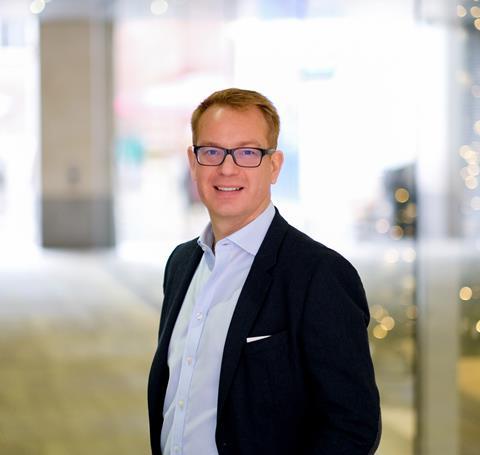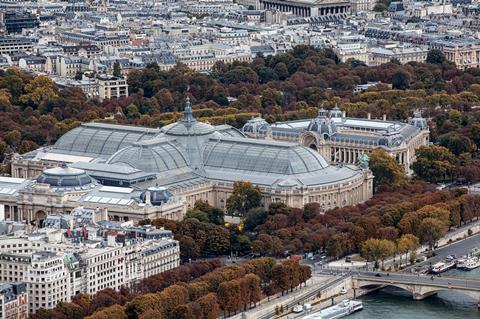The firm’s chief executive on the importance of good communication, his dislike of laziness and his admiration for innovation

Why did you choose the built environment for a career?
Real estate impacts us daily. Having the opportunity to positively change the user experience for the better is a real passion of mine. Whether it is a residential scheme, a commercial development, or a mixed-use project, we are able to be creative in designing something that meets the needs of the community while also being aesthetically pleasing.
What are you most proud of in your career to date?
Wondering around London and looking at what I have been involved in to date. I am however very self-critical… always trying to be better, so sometimes it is also frustrating at the same time!
What has been the biggest challenge of your career to date?
Setting up LS Estates in 2014 and then, within five years, to experience Brexit, the pandemic and then rapid deleveraging/interest rate increases. You could argue that these factors have challenged every part of the underwrite to the extreme!
If you could change one thing about the industry, what would it be?
The industry seems to be more and more risk averse. People should be accountable for their actions and take responsibility. Far too often things are passed around, much like pass the parcel, which is so frustrating!
What is the most helpful advice that you have been given?
Communicate to resolve an issue. It sounds simple, but often the simplest of differences become stand-offs. Talk it through.

Name your favourite building in the world?
The Grand Palais des Champs-Élysées in Paris (lit up at night). Simply stunning with a clear sky in the background
Which famous building do you most dislike?
The National Theatre on the South Bank. In my view, it is impenetrable and outdated.
Which famous building do you wish you had worked on?
The Empire State Building – the golden age of skyscraper building in New York in a time of deep depression. Apparently, it only took 14 months to build 102 storeys!

What single piece of advice would you give to someone starting out in your profession?
Find a mentor that works for both parties. Mentoring can be extremely rewarding for both.
Real estate development is a team effort, and successful developers need to be able to lead and inspire their teams. My personal approach is to empower people. This is what happened to me, it’s sort of sink or swim… luckily, I was able to swim!
Who or what do you most admire in the construction industry?
The drive for innovation, without this we are literally standing still as an industry.
What is it like being you (and doing your job)?
Real estate development is like solving a complex puzzle, with almost every day bringing a new challenge. That’s the fun. When that stops, I’ll move on to something else.
Do you have a life philosophy?
If you are going to do it, do it well. Otherwise, don’t bother.
What do you think your best quality is?
Drive
What trait do you most dislike in yourself? And in other people?
Laziness. Nothing is easy in life!
Name three things that you like
Symmetry; a long view of the sea or countryside; white chocolate.
Tell us about a secret skill that we don’t know you have
The ability to speed read. I can get the sense of a page in two or three seconds… however it means I can’t read a novel!
What is your most prized possession?
I am that not material. I look at this question differently: when there is something to celebrate (work or home), I like to reward that instead. So, many small things to celebrate the memory.
LS Estates is a London-focused, retro-first development and asset management company. It identifies and transforms redundant or obsolete buildings, making them suitable for long-term investment retention.



























No comments yet